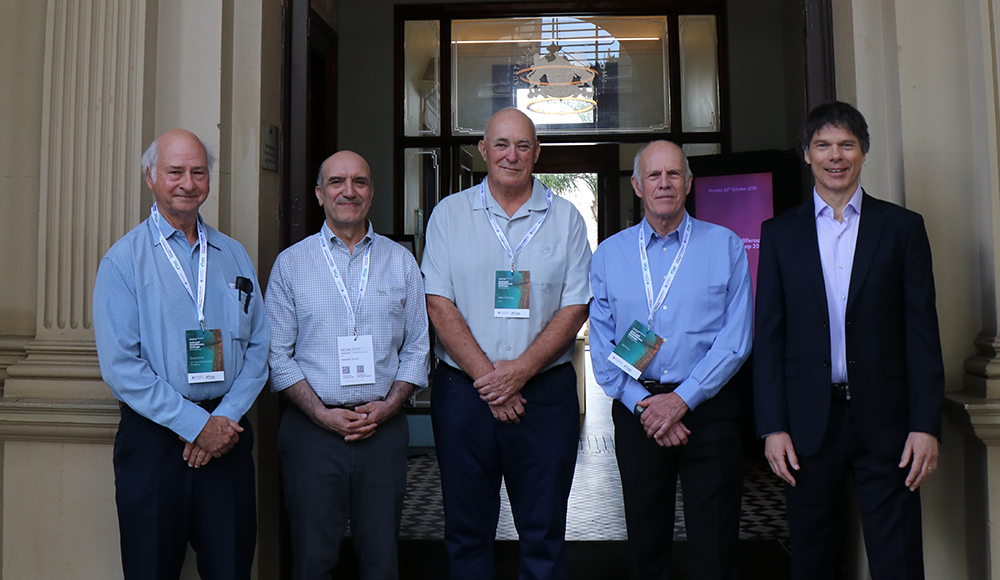More than 130 delegates gathered in Brisbane recently for the first in-person Acid and Metalliferous Drainage (AMD) Workshop since 2017, focused on AMD Source Control for Sustainable Closure.
The two-day Workshop, along with one day of Short Courses, featured over 50 presentations, three short courses, and was supported by 10 sponsors.

“It is highly technical and focused, providing opportunities for meaningful and in-depth conversations that often lead to new initiatives and follow-up collaborations. The talks and panel discussions were very engaging this year, and we received very positive feedback,” Professor Edraki explained.
The 2025 program highlighted innovative approaches to waste rock pile construction, in-process tailings design, and the integration of AMD control strategies into mine closure and rehabilitation planning.
“There was also discussion about the need for databases and data sharing, the application of machine learning to analyse large datasets, and the use of advanced mineralogical, microbiological, and numerical modelling tools to predict and mitigate AMD impacts.
“Tailings reprocessing was also highlighted as a potential means of AMD source control. One topic that particularly stood out to me was the proposal for an ‘AMD Expert of Record,’ similar to the existing requirement of a ‘Tailings Engineer of Record’,” Professor Edraki said.
“I am sure this idea will soon attract significant attention and, if agreed on, could transform AMD management practices globally.”

The University of Queensland has been closely associated with the AMD Workshop since 1992. In recent years, the Sustainable Minerals Institute (SMI) has led the organisation of the event, with Professor Edraki serving as Chair of the organising committee and continuing to champion research and collaboration in this field. SMI also represents the International Network for Acid Prevention (INAP) in the region.
This year’s event was co-hosted by CRC TiME, whose support and collaboration were instrumental in delivering a successful program.

“Today, we are using advanced tools to predict and mitigate AMD impacts. Non-invasive assessment techniques, such as drone-based remote sensing and geophysical surveys, are transforming how we monitor mine waste storage facilities, while machine learning is unlocking new insights from vast and complex datasets.
“Beyond environmental protection, AMD research is also opening exciting opportunities for the circular economy. We are now exploring ways to recover critical minerals essential for the clean energy transition from mine waste, tailings, and mine-impacted water — turning old liabilities into new resources,” Professor Edraki explained.




